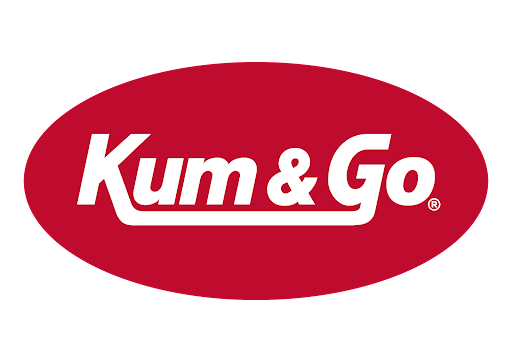MCLELLAN: When it comes to message content, think small

One of your goals for 2012 should be to get a little smaller. No, I’m not suggesting a New Year’s resolution, and you do not look fat in those pants!
I’m talking about your content. Especially those of us on the B-to-B side or in service sectors. We are guilty of “shove it all in” thinking.
Ever hear those radio spots where the poor announcer is talking so fast it sounds as if he or she didn’t take a breath for the entire 60 seconds? That’s an example of the “shove it all in” thinking.
Many business owners believe that they have to cram all the facts, figures and information into every single advertisement, sign, brochure and Web page. They are in a panic, imagining that they might never have another chance to tell their story.
One of the constant discussions we have with clients is that usually they try to say too much. It’s human nature, I suppose. We want to tell a prospect everything and anything.
Well, guess what? If your initial communication is so jammed with information and facts that prospects can’t make their way through it, you won’t get their attention again. Your potential audience will have turned a deaf ear.
Don’t drive your audience away by drowning them in details. Give them plenty of time and space to absorb your message slowly.
How do you create bite-sized marketing tools?
Short and sweet: In today’s world, people look at a magazine as if it’s a long-term commitment, and they can’t imagine how they’ll get through it. We want content in the USA Today model – a big colorful graph and a single paragraph of copy. You don’t have to be quite that brief, but keep the model in mind.
Multiple pieces: The “one and done” method of marketing never has been very successful. Reach (the right people) and frequency (8-13 times) make a very compelling combination. Tell your story in segments, so that each one reinforces the one before it. If you don’t have the budget to honor the frequency part of the equation, then don’t spend the money or time.
Eye rest: There’s a lot to be said for white space, whether it’s visual or auditory. Think of it as a rest stop. Your audience needs regular rest stops to pause and absorb what you’re telling them. Use bullet points and lists, subheads and visuals (charts, pictures, illustrations). This is particularly true if you’re creating content that is going to be consumed on a computer or smartphone screen.
Remember that all buying decisions are emotion-based, and emotions build up over time. People have to like and trust you before they can need you. We create emotional connections with people, places, companies, products and brands.
Getting to know someone isn’t an instantaneous process. It’s not a gorging. It’s a taste testing. It takes some time and patience. With each encounter, the information begins to build up and tell a story.
If you are trying to drive one-time sales, cut to the chase. But if you want to create loyal, repeat customers, let them get to know your product or service by telling them a little at a time. Not sticking a fire hose in their mouth and hoping they can drink it all in at one sitting.
When you think about creating a marketing piece, think bite-sized snacks. One piece, one message.
Drew McLellan is Top Dog at McLellan Marketing Group and blogs at www.drewsmarketingminute.com. He can be reached by email at Drew@MclellanMarketing.com. © 2011 Drew McLellan










